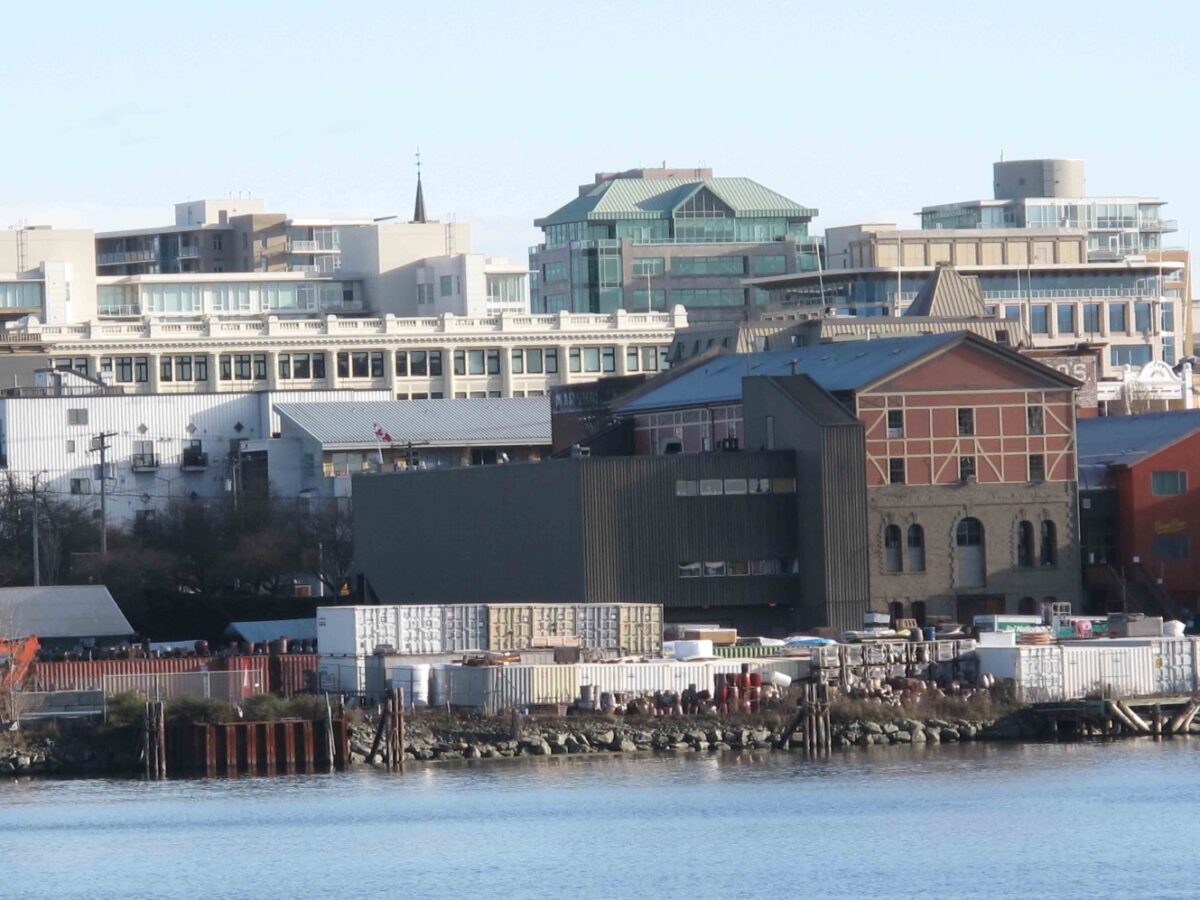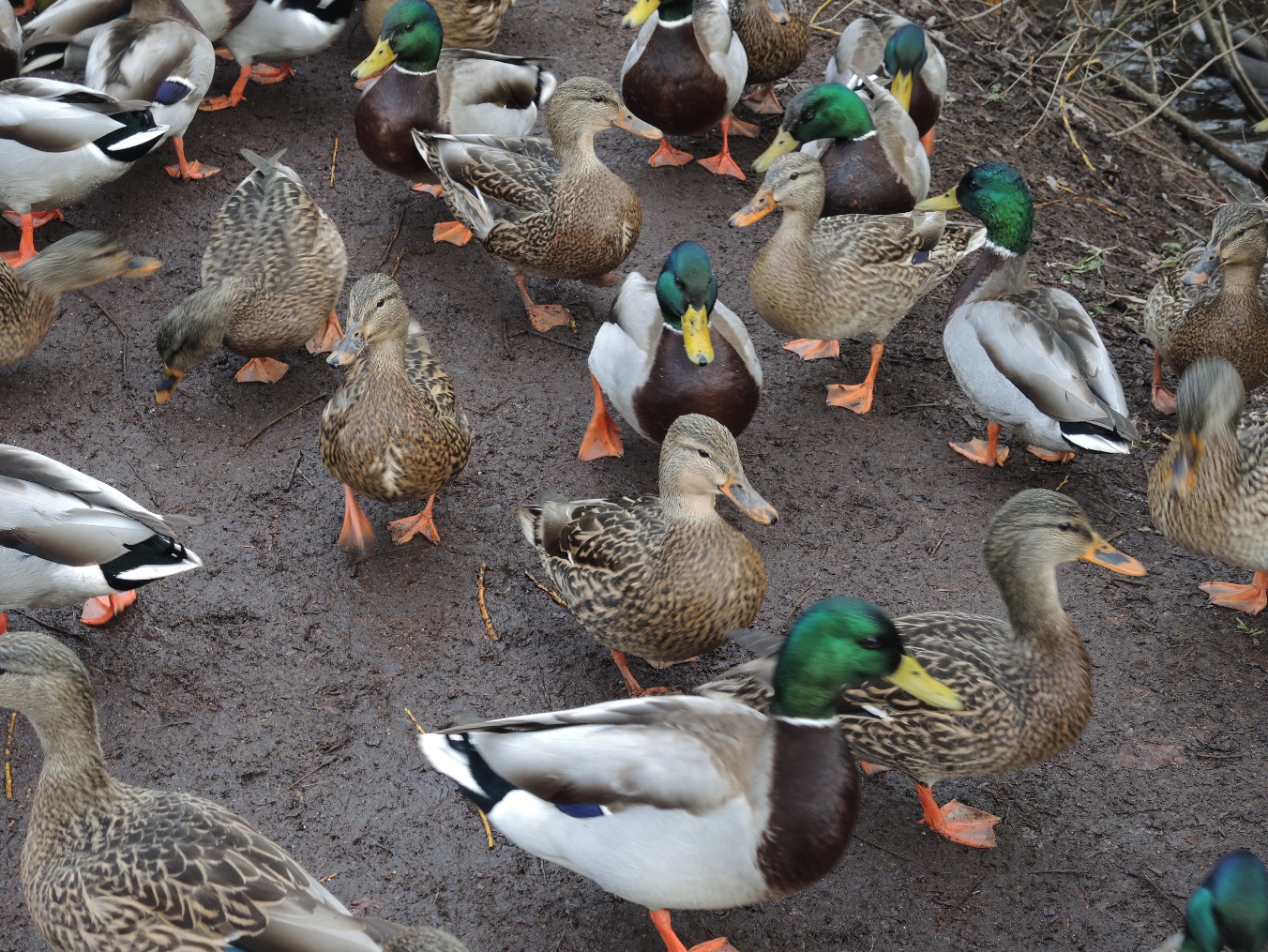
Two older memorial poles, once on the New Songhees Reserve, have contradictory information about their provenience. Who carved them? One was originally owned by the Songhees Councilor William Roberts (1894-1938) and the other by the Chief Michael Cooper (1864-1936). The William Roberts Pole This pole is in the Royal B.C. Museum collection with two numbers. RBCM Ethnology # 5043 is the main pole, and RBCM #5051 is the eagle carving that was once on top of RBCM # 5043. It was purchased from Songhees Band member Alice James in 1940. The Report of the Provincial Museum of Natural History For the Year 1940 (1941:D14) refers to: ”By Purchase. Mrs. Alice James, Victoria. One totem-pole, 1 eagle figure”. Songhees Band member, … Continue reading “Mystery of the Songhees Memorial Poles”














